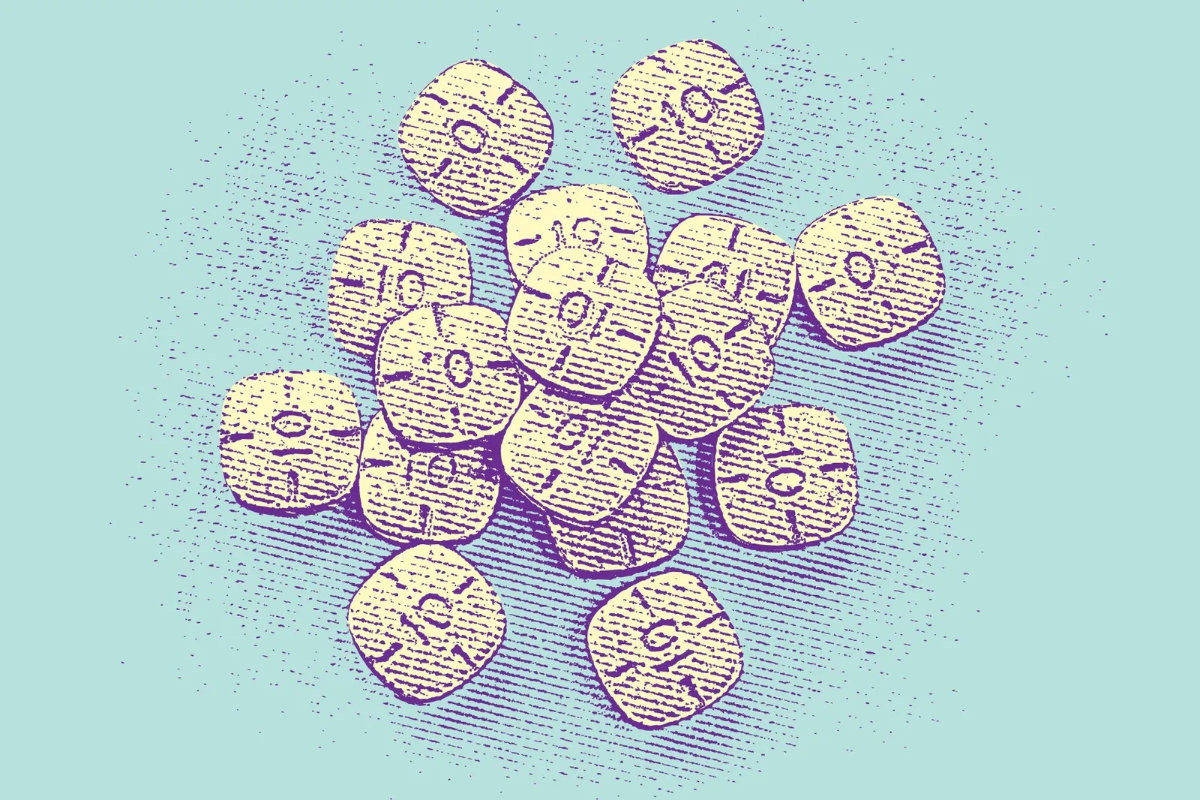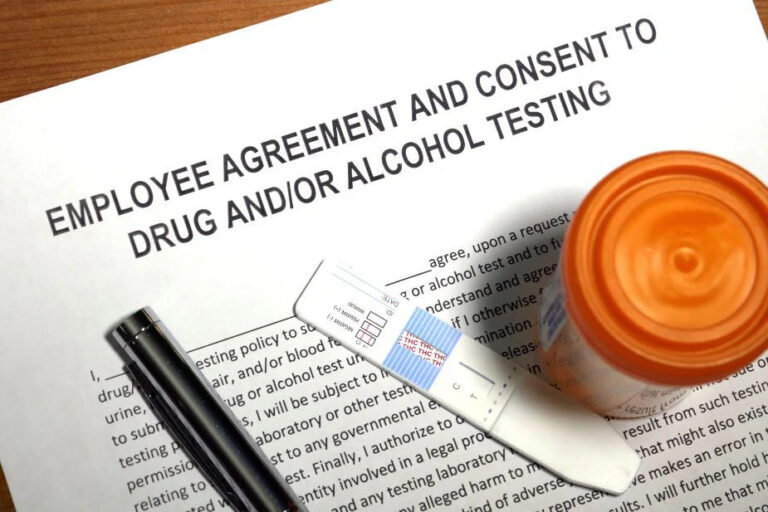Is Modafinil a Stimulant? Comparing Its Effects to Adderall
Modafinil and Adderall are often compared because both can increase wakefulness and focus. Adderall is a powerful central nervous system (CNS) stimulant used mainly for attention-deficit hyperactivity disorder (ADHD) and narcolepsy. Modafinil is a wakefulness-promoting medicine approved for sleep-related disorders. While both are sometimes used off-label to enhance cognition, their strength, safety, and risks differ.
What Defines a Strong Stimulant?
CNS stimulants raise alertness and energy by acting on brain chemicals like dopamine and norepinephrine. Strong stimulants tend to:
- Increase dopamine more powerfully, which can create euphoria and raise abuse risk.
- Cause more pronounced side effects, such as anxiety, rapid heartbeat, or dependency.
- Carry tighter legal restrictions.
Adderall contains mixed amphetamine salts and is classified as Schedule II due to its high misuse potential (Weyandt et al., 2018). Modafinil, in contrast, is Schedule IV, showing lower but still present abuse risk (U.S. Food and Drug Administration, 2015).
Mechanisms of Action
Modafinil
Modafinil’s exact mechanism is not fully known. It works as a weak dopamine transporter (DAT) blocker, raising dopamine levels in certain brain areas. It also affects orexin, histamine, and glutamate pathways, which help regulate alertness (Greenblatt & Adams, 2023). This combination makes it an “atypical stimulant” with less euphoric effect than amphetamines.
Adderall
Adderall promotes the release of dopamine and norepinephrine while blocking their reuptake, producing a strong and broad stimulant effect (Weyandt et al., 2018). This explains both its therapeutic power and its higher risk of misuse.
Abuse Potential
- Modafinil: Classified as Schedule IV, with lower but not absent risk of misuse. It can cause psychoactive effects but rarely produces the strong euphoria linked to addiction. Cases of dependence exist, but they are uncommon (Greenblatt & Adams, 2023).
- Adderall: Classified as Schedule II, with high risk of misuse. It is widely reported as misused by students and professionals seeking performance enhancement. Long-term misuse may cause tolerance, withdrawal, and dependency (Weyandt et al., 2018).
Side Effects and Risks
Modafinil
Common side effects: headache, nausea, insomnia, anxiety.
Serious but rare risks: Stevens-Johnson Syndrome (SJS), psychiatric symptoms (mania, hallucinations), and cardiovascular issues. It can also reduce the effectiveness of hormonal contraceptives (U.S. Food and Drug Administration, 2015).
Adderall
Common side effects: appetite loss, insomnia, dry mouth, increased heart rate.
Serious risks: psychosis, paranoia, and cardiovascular complications such as high blood pressure or arrhythmia. Monitoring is recommended for long-term users (Weyandt et al., 2018).
Off-Label Uses
- Modafinil: Studied for ADHD, multiple sclerosis fatigue, depression, and cancer-related fatigue. A trial comparing modafinil to dextroamphetamine found both improved ADHD symptoms in adults, with modafinil generally well tolerated (Taylor & Russo, 2000).
- Adderall: Sometimes used off-label for weight management or focus enhancement, but this carries significant risks of dependence and cardiovascular problems.
Effectiveness in Cognitive Enhancement
Research on modafinil shows benefits in attention, planning, and decision-making, particularly under sleep deprivation. Its effects on memory and complex problem-solving are limited (Greenblatt & Adams, 2023).
Adderall improves short-term attention and focus but does not consistently improve overall cognitive performance in healthy people. Its perceived benefits may be more related to arousal and energy than true cognition (Weyandt et al., 2018).
Conclusion
Adderall is a strong stimulant with powerful effects on dopamine and norepinephrine but carries high risks of misuse, dependency, and serious side effects. Modafinil is a milder alternative, acting through different pathways with lower abuse potential and a generally safer side effect profile. However, modafinil is not risk-free and should be used under medical guidance.
FAQs
Can I take modafinil at night?
No. Modafinil is designed to promote wakefulness and may cause insomnia if taken late in the day.
Does modafinil treat ADHD?
Modafinil is not FDA-approved for ADHD. Some studies suggest it can reduce symptoms, but traditional stimulants like Adderall remain first-line treatments (Taylor & Russo, 2000).
Is modafinil safer than Adderall?
Modafinil has a lower risk of misuse and milder side effects, but both drugs can cause serious complications. Safety depends on personal health history and medical supervision.
Does modafinil cure sleep disorders?
No. Modafinil treats excessive sleepiness but does not cure the underlying cause of sleep apnea or other sleep disorders (U.S. Food and Drug Administration, 2015).
References
- Greenblatt, K., & Adams, N. (2023). Modafinil. In StatPearls [Internet]. StatPearls Publishing. https://www.ncbi.nlm.nih.gov/books/NBK531476/
- Taylor, F. B., & Russo, J. (2000). Efficacy of modafinil compared to dextroamphetamine for the treatment of attention deficit hyperactivity disorder in adults. Journal of Child and Adolescent Psychopharmacology, 10(4), 311–320. https://doi.org/10.1089/cap.2000.10.311
- U.S. Food and Drug Administration. (2015). PROVIGIL® (modafinil) tablets, for oral use, C-IV [Prescribing information]. U.S. Department of Health and Human Services. https://www.accessdata.fda.gov/drugsatfda_docs/label/2015/020717s037s038lbl.pdf
- Weyandt, L. L., White, T. L., Gudmundsdottir, B. G., Nitenson, A. Z., Rathkey, E. S., De Leon, K. A., & Bjorn, S. A. (2018). Neurocognitive, autonomic, and mood effects of Adderall: A pilot study of healthy college students. Pharmacy, 6(3), 58. https://doi.org/10.3390/pharmacy6030058








